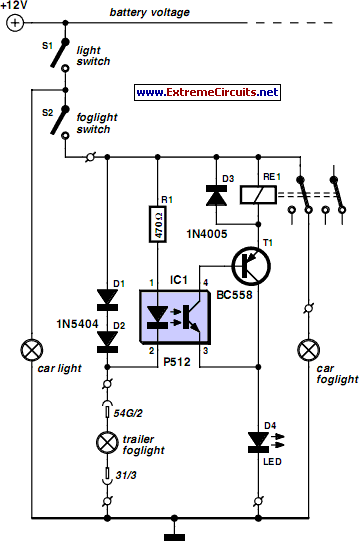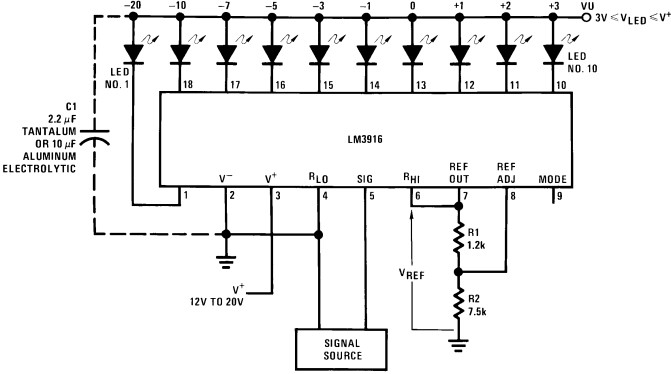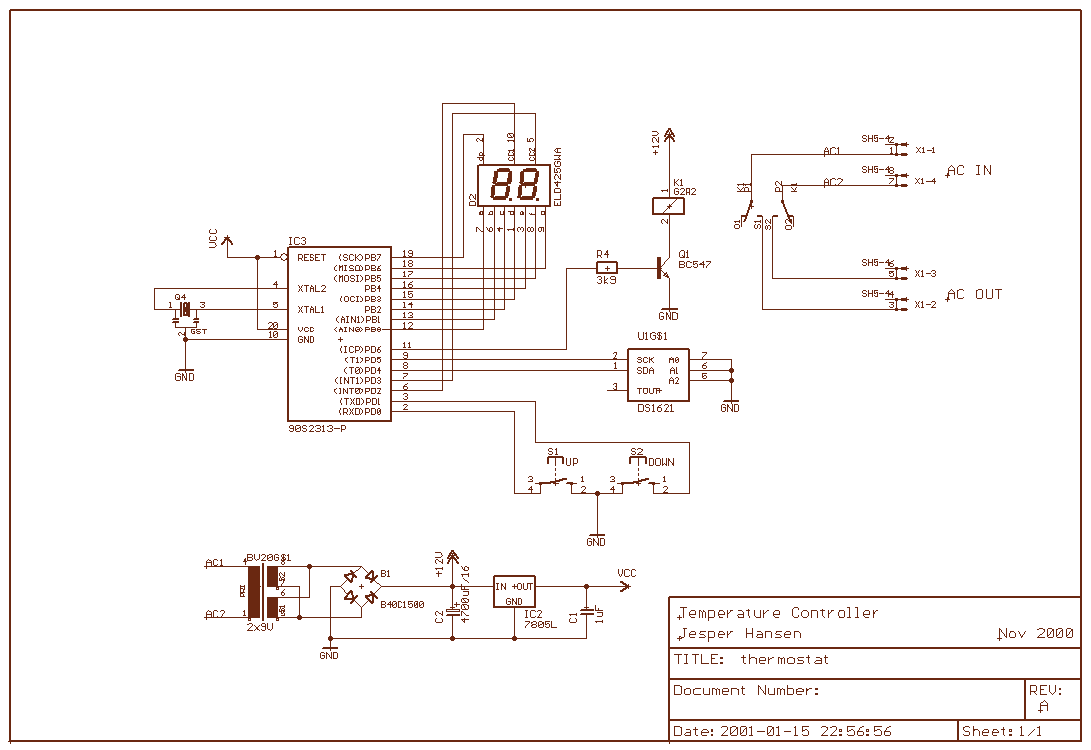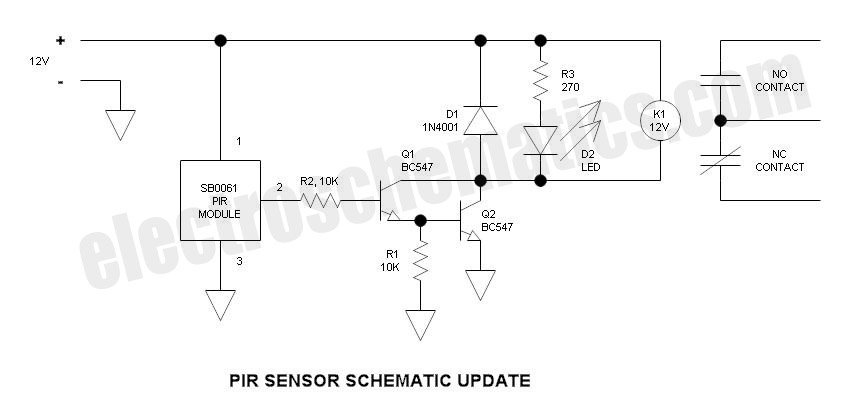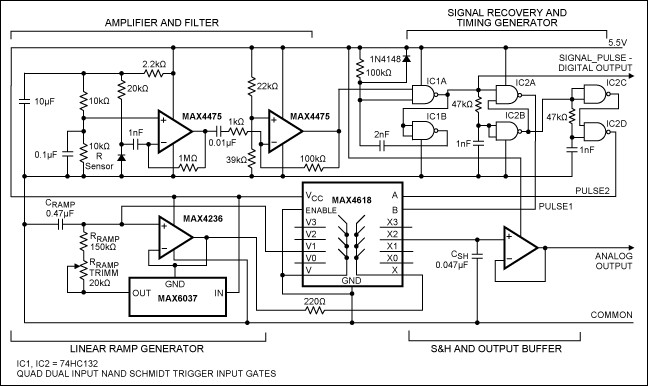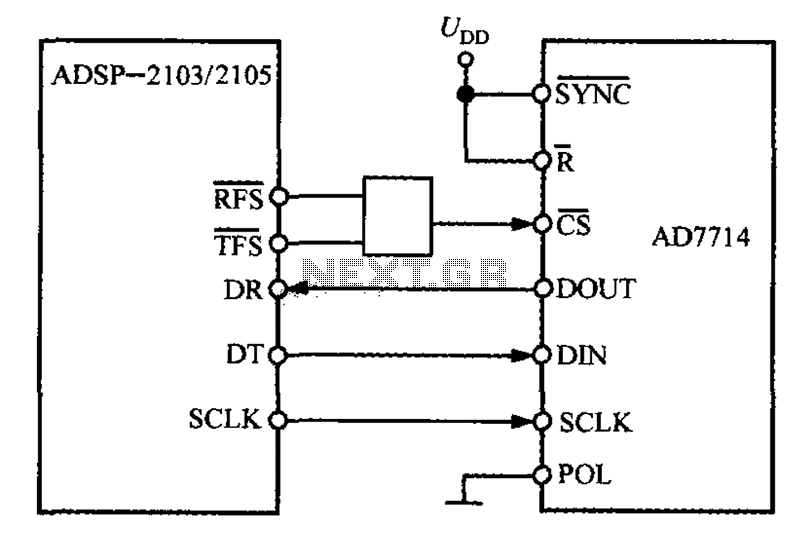
measure temperature with a ds18b20 sensor in picaxe

A circuit diagram and example code to implement and use the DS18B20 temperature sensor in PICAXE, both in rounded and full 12-bit resolution.
The DS18B20 is a digital temperature sensor that communicates over a 1-Wire interface, allowing multiple sensors to be connected to a single microcontroller pin. The PICAXE microcontroller can be programmed to read temperature data from the DS18B20, which can operate in two modes: rounded and full 12-bit resolution.
In rounded mode, the temperature readings are provided in a simplified format, suitable for applications where high precision is not critical. This mode is useful for general temperature monitoring tasks. In contrast, the full 12-bit resolution mode provides a more precise temperature measurement, allowing for finer control and monitoring in applications where accuracy is paramount.
The circuit diagram for interfacing the DS18B20 with a PICAXE includes the following key components:
1. **DS18B20 Temperature Sensor**: The sensor has three pins: VDD (power supply), GND (ground), and DQ (data line). The VDD pin is connected to a suitable power source (typically 3.0V to 5.5V), while the GND pin is connected to the ground of the circuit. The DQ pin is connected to a digital input/output pin of the PICAXE.
2. **Pull-up Resistor**: A pull-up resistor (typically 4.7kΩ) is connected between the DQ pin and the VDD pin. This resistor is crucial for ensuring the data line is pulled high when not actively driven low by the DS18B20.
3. **PICAXE Microcontroller**: The microcontroller is programmed to communicate with the DS18B20 using the 1-Wire protocol. The program will include commands to initialize the sensor, request temperature readings, and process the data received.
The example code for the PICAXE may include functions to initialize the sensor, read the temperature in both rounded and full resolution, and output the results to a display or serial terminal. The code structure will typically involve setting up the 1-Wire communication, sending a command to the DS18B20 to initiate a temperature conversion, and then reading the resulting temperature data.
Overall, the integration of the DS18B20 temperature sensor with a PICAXE microcontroller provides a versatile solution for temperature monitoring and control in various applications, ranging from simple home automation to more complex environmental monitoring systems.A circuit diagram and example code to implement and use the DS18B20 temperature sensor in PICAXE both in rounded and full12bit resolution.. 🔗 External reference
The DS18B20 is a digital temperature sensor that communicates over a 1-Wire interface, allowing multiple sensors to be connected to a single microcontroller pin. The PICAXE microcontroller can be programmed to read temperature data from the DS18B20, which can operate in two modes: rounded and full 12-bit resolution.
In rounded mode, the temperature readings are provided in a simplified format, suitable for applications where high precision is not critical. This mode is useful for general temperature monitoring tasks. In contrast, the full 12-bit resolution mode provides a more precise temperature measurement, allowing for finer control and monitoring in applications where accuracy is paramount.
The circuit diagram for interfacing the DS18B20 with a PICAXE includes the following key components:
1. **DS18B20 Temperature Sensor**: The sensor has three pins: VDD (power supply), GND (ground), and DQ (data line). The VDD pin is connected to a suitable power source (typically 3.0V to 5.5V), while the GND pin is connected to the ground of the circuit. The DQ pin is connected to a digital input/output pin of the PICAXE.
2. **Pull-up Resistor**: A pull-up resistor (typically 4.7kΩ) is connected between the DQ pin and the VDD pin. This resistor is crucial for ensuring the data line is pulled high when not actively driven low by the DS18B20.
3. **PICAXE Microcontroller**: The microcontroller is programmed to communicate with the DS18B20 using the 1-Wire protocol. The program will include commands to initialize the sensor, request temperature readings, and process the data received.
The example code for the PICAXE may include functions to initialize the sensor, read the temperature in both rounded and full resolution, and output the results to a display or serial terminal. The code structure will typically involve setting up the 1-Wire communication, sending a command to the DS18B20 to initiate a temperature conversion, and then reading the resulting temperature data.
Overall, the integration of the DS18B20 temperature sensor with a PICAXE microcontroller provides a versatile solution for temperature monitoring and control in various applications, ranging from simple home automation to more complex environmental monitoring systems.A circuit diagram and example code to implement and use the DS18B20 temperature sensor in PICAXE both in rounded and full12bit resolution.. 🔗 External reference
